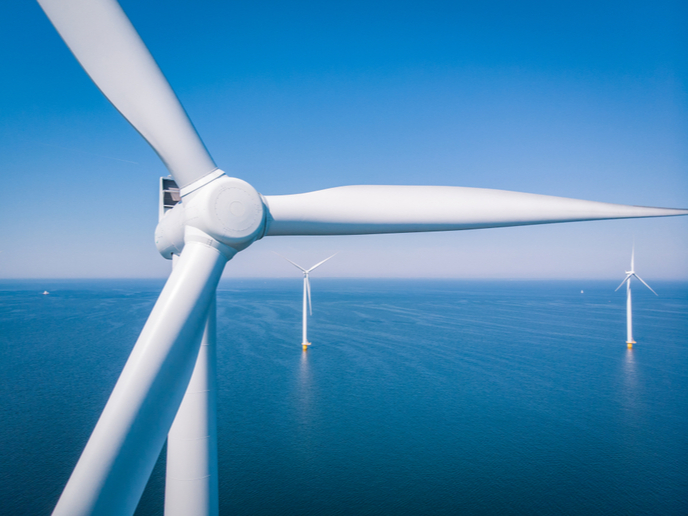Tailored solutions for the non-destructive testing of coatings for wind turbine blades
The most critical component of a wind turbine is the blades, which are protected with a coating comprising several layers of expensive advanced materials. The onsite inspection and repair of wind turbine blade coatings are costly, especially in offshore environments. To reduce these costs, it is crucial to ensure the quality of every blade and detect coating defects before installation to avoid premature failure and unwanted downtime. Traditionally, the quality control of blade coatings is conducted through visual inspection and limited to the outer layer. Destructive analysis is used when quality control of the inner layers needs to be carried out. These limitations in the wind power industry are the same for other sectors, such as automotive, aerospace, photovoltaic and graphene, among others. The EU-funded NOTUS(opens in new window) project addressed these challenges, developing the first contactless tool for non-destructive material inspection, specifically designed for wind turbines. “NOTUS is based on terahertz technology(opens in new window) and is the only non-contact and non-destructive tool capable of distinguishing between different layers of the coating, measuring not just their thickness, but also other crucial parameters like adherence, defects, air gaps, roughness, etc.,” states Eduardo Azanza, project coordinator and CEO of the Spanish SME das-Nano.
A safe solution
Terahertz waves, also known as T-rays, correspond to the frequency range of 0.1 to 10 THz and belong to the non-ionising part of the electromagnetic spectrum, being harmless to humans. These waves have a very good resolution of up to 1 μm and high penetration in the order of several centimetres and can be used for the inspection of any material, not only metallic ones. das-Nano applied this technology to the design and fabrication of customised solutions for different stages of the life cycle of wind blades and other products with functional coatings, see video(opens in new window). According to Azanza: “The different NOTUS models solve different industrial problems and improve the efficiency of the manufacturing and operational processes, resulting in a reduction in the materials and energy used.”
Applications to auto industry
Researchers designed three different models to adapt it to three different stages of the blade life cycle. The first, NOTUS-lab, allows researchers and developers to test blade coatings, new materials, and manufacturing processes quickly and simply. The second, NOTUS-factory, addresses the needs of operators and managers in manufacturing plants to perform thorough non destructive quality control tests. Finally, NOTUS-field enables wind turbine manufacturers and operators to predict the ageing of the blade coatings, estimate their lifespan and plan maintenance checks and quality control checks in the field. Furthermore, it can be adapted to the extreme conditions of different environments, such as wind farms on mountains and offshore. “The NOTUS inspection system has shown a potential annual economic saving of 10 % of operating and maintenance costs for wind farm operators,” notes Azanza. The NOTUS terahertz wave inspection system will benefit wind turbine blade manufacturers and operators. It will also help Europe maintain its position as a world leader in the automotive industry, thanks to the savings it can ensure in costs and materials, see video(opens in new window). “Ultimately, every one of us can benefit from NOTUS because it enables more efficient wind energy production and consequently a greener and more sustainable world,” Azanza concludes.







